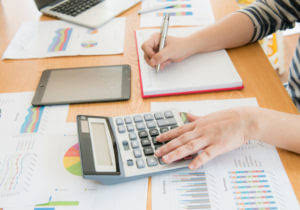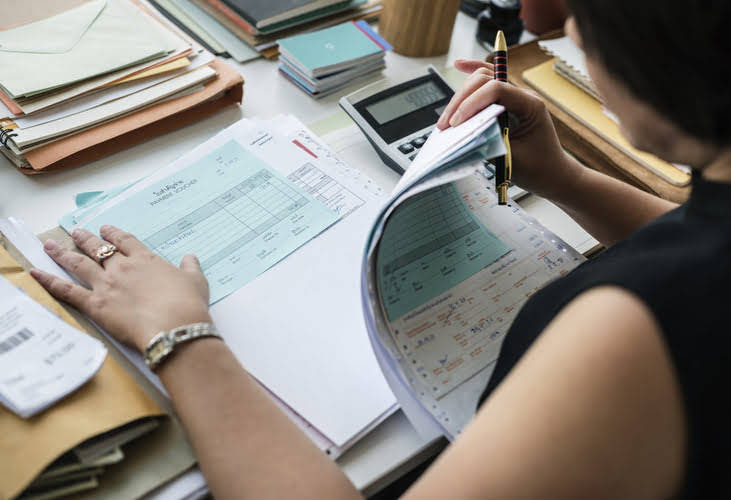
This basic accounting equation “balances” the company’s balance sheet, showing that a company’s total assets are equal to the sum of its liabilities and shareholders’ equity. This formula, also known as the balance sheet equation, shows that what a company owns (assets) is purchased by either what it owes (liabilities) or by what its owners invest (equity). The balance sheet is also known as the statement of financial position and it reflects the accounting equation. The balance sheet reports a company’s assets, liabilities, and owner’s (or stockholders’) equity at a specific point in time. Like the accounting equation, it shows that a company’s total amount of assets equals the total amount of liabilities plus owner’s (or stockholders’) equity. The accounting equation represents a fundamental principle of accounting that states that a company’s total assets are equal to the sum of its liabilities and equity.
Understanding Balance Sheets

Accounting equation is the foundation of the double-entry in the accounting system which accounting transactions must follow. It is usually considered the most fundamental concept in the accounting system. Bankrate.com is an independent, advertising-supported publisher and comparison service. We are compensated in exchange for placement of sponsored products and services, or by you clicking on certain links posted on our site.
Parts of the balance sheet equation
They include cash on hand, cash at banks, investment, inventory, accounts receivable, prepaid, advance, fixed assets, etc. All this information is summarized on the balance sheet, one of the three main financial statements (along with income statements and cash flow statements). When the total assets assets equal of a business increase, then its total liabilities or owner’s equity also increase. In this form, it is easier to highlight the relationship between shareholder’s equity and debt (liabilities). As you can see, shareholder’s equity is the remainder after liabilities have been subtracted from assets.

What is the Accounting Equation?
So, now you know how to use the accounting formula and what it does for your books. The accounting equation is important because it can give you a clear picture of your business’s financial situation. It is the standard for financial reporting, and it is the basis for double-entry accounting. Without the balance sheet equation, you cannot accurately read your balance sheet or understand your financial statements. Different transactions impact owner’s equity in the expanded accounting equation.
Long-term liabilities, on the other hand, include debt such as mortgages or loans used to purchase fixed assets. In a sense, the left side of the balance sheet is the business itself – the buildings, the inventory for sale, the cash from selling goods, etc. If you were to take a clipboard and record everything you found in a company, you would end up with a list that looks remarkably like the left side of the Balance Sheet. Balance sheets are one of the primary statements used to determine the net worth of a company and get a quick overview of it’s financial health. The ability to read and understand a balance sheet is a crucial skill for anyone involved in business, but it’s one that many people lack. The accounting equation sets the foundation of “double-entry” accounting, since it shows a company’s asset purchases and how they were financed (i.e. the off-setting entries).
- The company uses this account when it reports sales of goods, generally under cost of goods sold in the income statement.
- Without this knowledge, it can be challenging to understand the balance sheet and other financial documents that speak to a company’s health.
- The shareholders’ equity number is a company’s total assets minus its total liabilities.
- A company’s equity position can be found on its balance sheet, where there is an entry line for total equity on the right side of the table.
- The claims to the assets owned by a business entity are primarily divided into two types – the claims of creditors and the claims of owner of the business.
For example, a positive change in plant, property, and equipment is equal to capital expenditure minus depreciation expense. If depreciation expense is known, capital expenditure can be calculated and included as a cash outflow under cash flow from investing in the cash flow statement. If a business buys raw materials and pays in cash, it will result in an increase in the company’s inventory (an asset) while reducing cash capital (another asset). Because there are two or more accounts affected by every transaction carried out by a company, the accounting system is referred to as double-entry accounting.
You can think about equity in terms of what would happen if the company went bankrupt and liquidated its assets today. If Bank Y lent you that $20, it’s a liability you need to pay back. If that $20 was net profit, it goes toward the owner’s equity in the business. When it comes to accounting, you need to make sure what you have in assets balances with your liabilities and owner equity. Unlike example #1, where we paid for an increase in the company’s assets with equity, here we’ve paid for it with debt.

Balance Sheet
At the heart of HighRadius’s R2R solution is an AI-powered platform designed to cater to all accounting roles. One of the standout features of the solution is its ability to automate almost 50% of manual repetitive tasks. This is achieved through LiveCube, a ‘No Code’ platform, that replaces Excel and automates data fetching, modeling, analysis, and journal entry proposals. To see a live example of how the accounting equation works let us utilize the 3M 2023 Annual Report. Apple pays for rent ($600) and utilities ($200) expenses for a total of $800 in cash.
- The assets are the operational side of the company, basically a list of what the company owns.
- Here’s a simplified version of the balance sheet for you and Anne’s business.
- The assets on the balance sheet consist of what a company owns or will receive in the future and which are measurable.
- Liabilities are the stuff that a business owes to third parties.
- If you were to take a clipboard and record everything you found in a company, you would end up with a list that looks remarkably like the left side of the Balance Sheet.
- While investors and stakeholders may use a balance sheet to predict future performance, past performance is no guarantee of future results.
